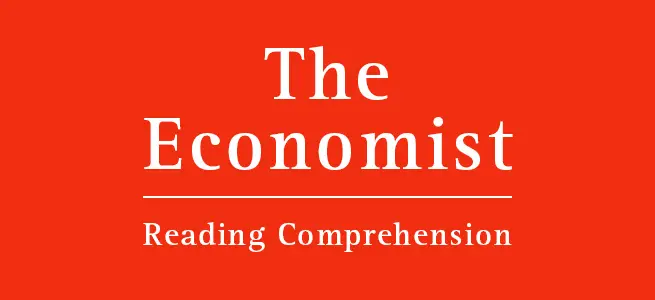Economist Reading Comprehension Challenge #9
We’ve made it to the 9th edition of the challenges and you are probably becoming a Reading Comprehension expert. Keep up the active reading! This Economist article is about robots. Yep – exciting stuff coming up in the robot landscape. More than just dirt hungry vacuum cleaners, robots will be driving us around and perhaps providing companionship for us in our dotage. All that and more in this Economist Reading Comprehension Challenge: The Rise of the Robots
Here is a link to the article: Rise of the Robots
If you’re just getting started with the Economist Reading Comprehension Challenge then you might want to start off with this article on how to use the Economist to improve GMAT Reading Comprehension for some tips on how to approach this work.
1. What is the primary purpose of the passage?
A. To discuss the future of the robotics industry
B. To present several opinions regarding the future of the robotics industry.
C. To present two possible directions for growth in the robotics industry.
D. To suggest similarities between the the robotics industry and science fiction.
E. To summarize several important technological achievements in the robotics industry.
2. It can be inferred from the passage that the author would most likely agree that:
A. Robotics today is not strikingly different than robotics was 10 years ago.
B. Robots are unlikely ever to perform more than mundane tasks.
C. There are at least some robots that perform tasks that are impossible for humans.
D. It will take a considerable amount of time and investment before there are any major changes in the robotics industry.
E. Robot technology is much farther along today than what would have been expected.
3. Each of the following is mentioned in the passage as a reason why the robotics industry is set for major advances EXCEPT:
A. Specialized manufacturing processes are becoming cheaper and more accessible to even smaller robotics companies.
B. Technology platforms have become more standardized.
C. Greater investment in the robotics industry.
D. A greater potential for profit.
E. Creative applications of robot technology
4. Which of the following best expresses the main idea of the passage?
A. The robots of Hollywood have inspired a generation of entrepreneurs and scientists driven to bring the fictional robotics of the movies to reality.
B. Robots are an essential part of everyday life and will continue improve as they are more accepted outside of factories and in people’s homes.
C. Although the safety of robots interacting directly with people is a major concern, robots are likely to take on more tasks which will put them in close contact with people.
D. Although robot technology has failed to meet expectations, it is likely that in the near future the technology will be greatly improved so that robots will become an ever more integral part of everyday life.
E. Still in its infancy, robotics technology has the potential to change the way that we conduct our everyday lives.
5. The last line of the passage implies that:
A. At some point in the future robots will perceive the world in an almost identical way to how humans perceive it.
B. Robots will be able to communicate many human ideas.
C. Robots will be capable of at least some reflection resembling that of humans.
D. Because robots will be better able to understand human ideas, there will be a greater trust between robots and humans.
E. Humans may be less able to distinguish between roles that are expressly for robots and those that are for humans.
6. In the 7th paragraph the author mentions employment in agriculture most likely in order to:
A. provide an example of an industry which benefited greatly from automation.
B. suggest that the profit of industry must be balanced with the welfare of laborers.
C. question whether improving the efficiency of a vital industry is always beneficial to society.
D. provide an example for the argument made in the preceding paragraph.
E. provide a possibly analogous situation to what could happen to employment in industries in which humans can be replaced with robots.
Answers:
1. A
2. C
3. A
4. D
5. C
6. E
